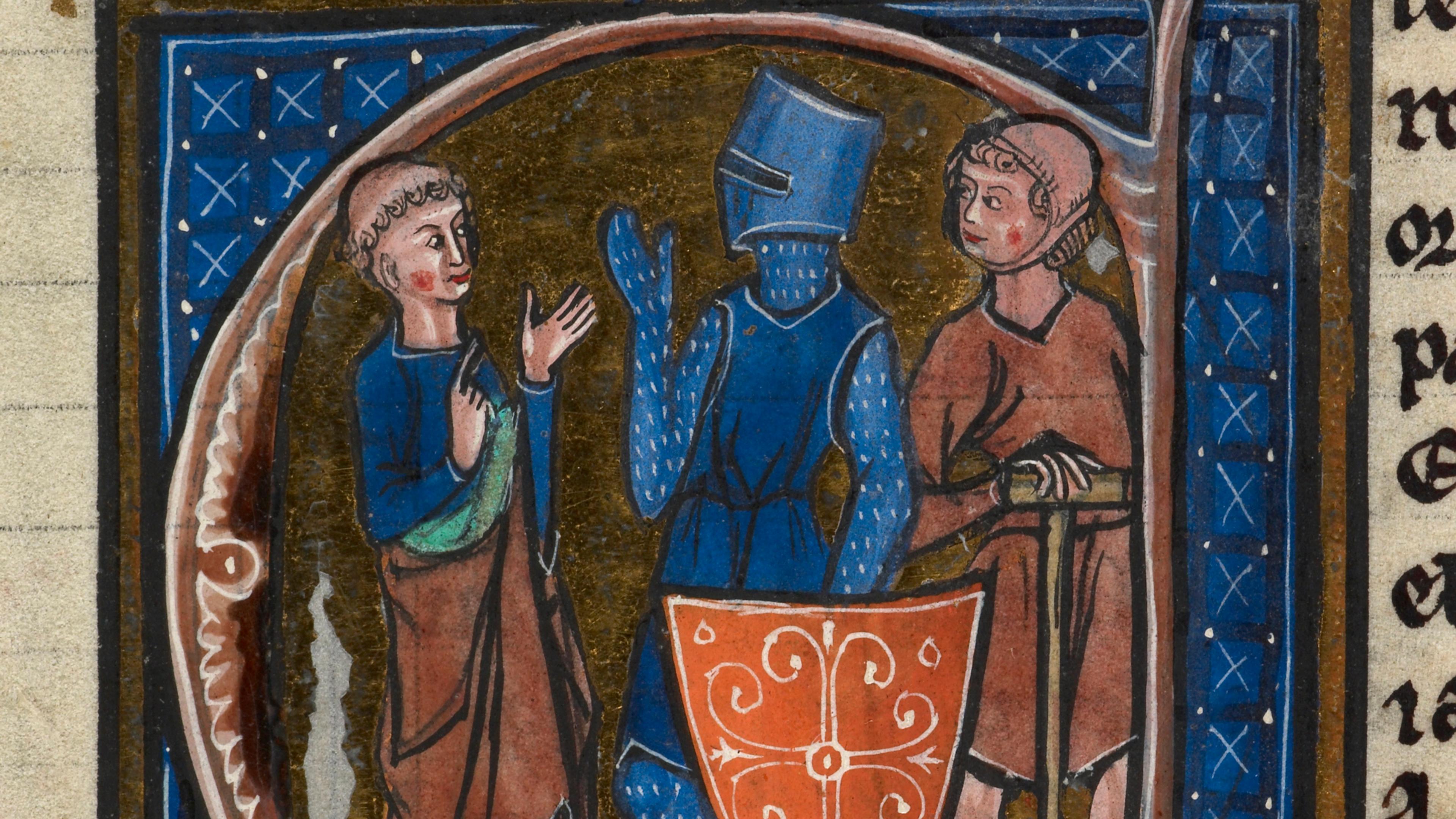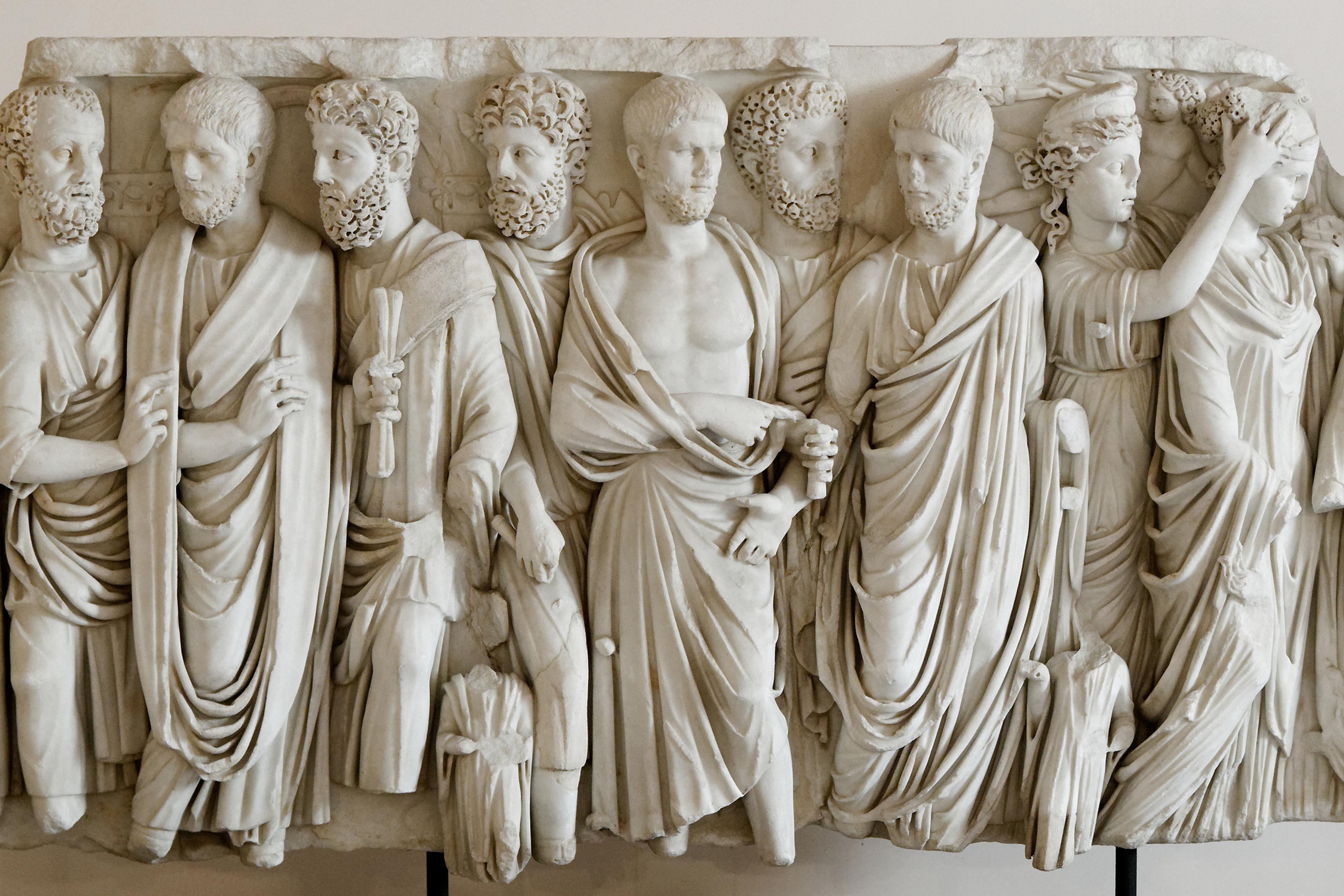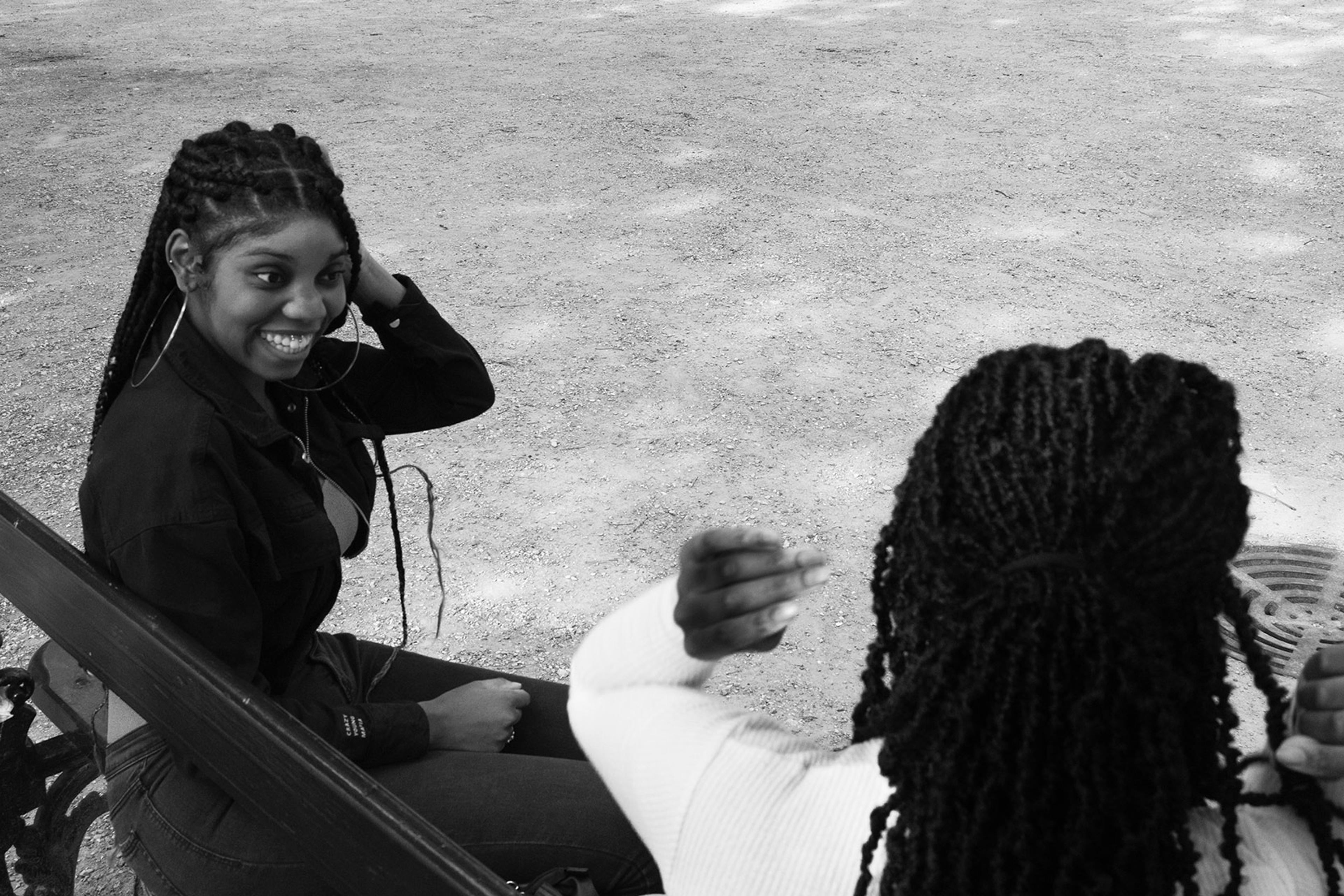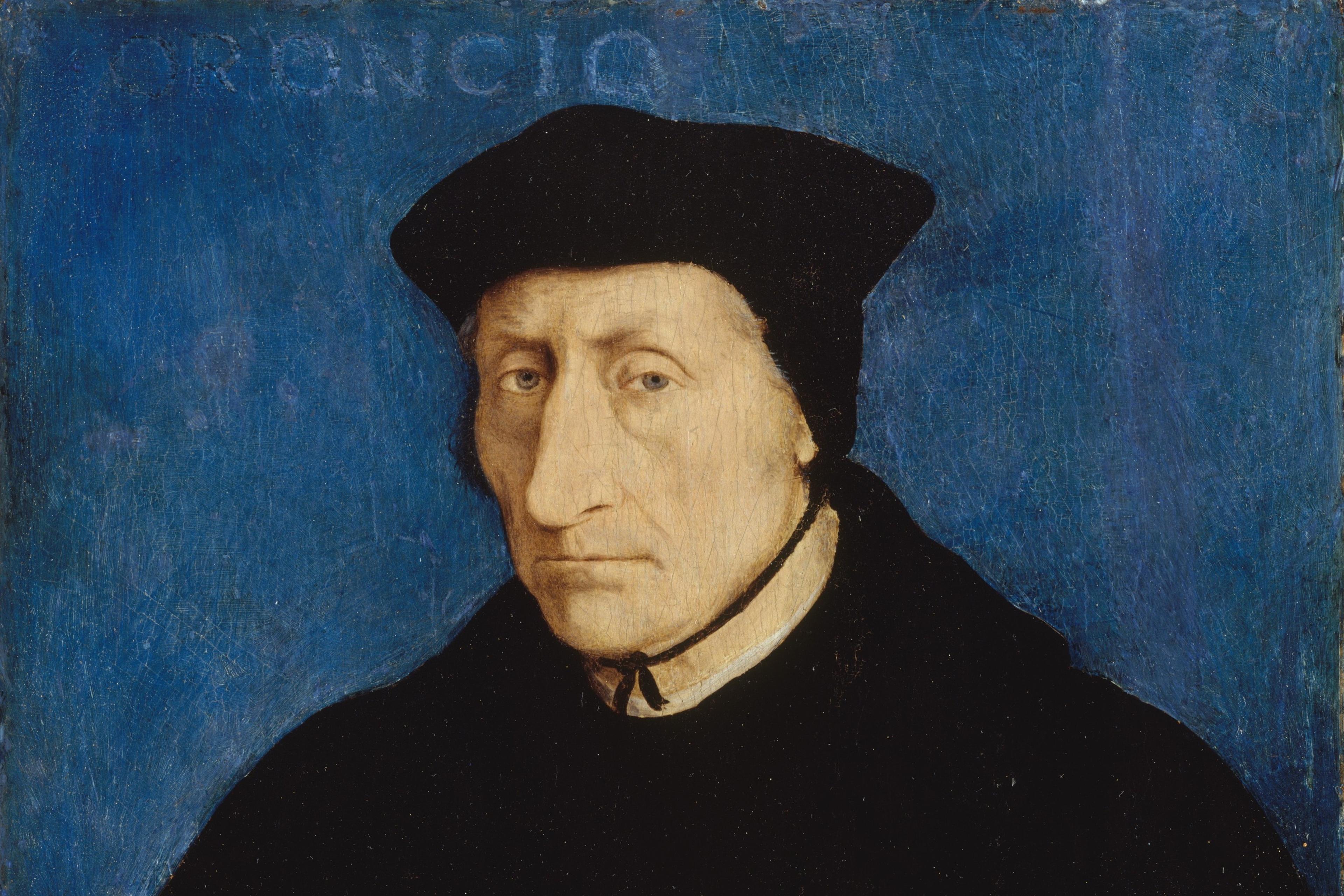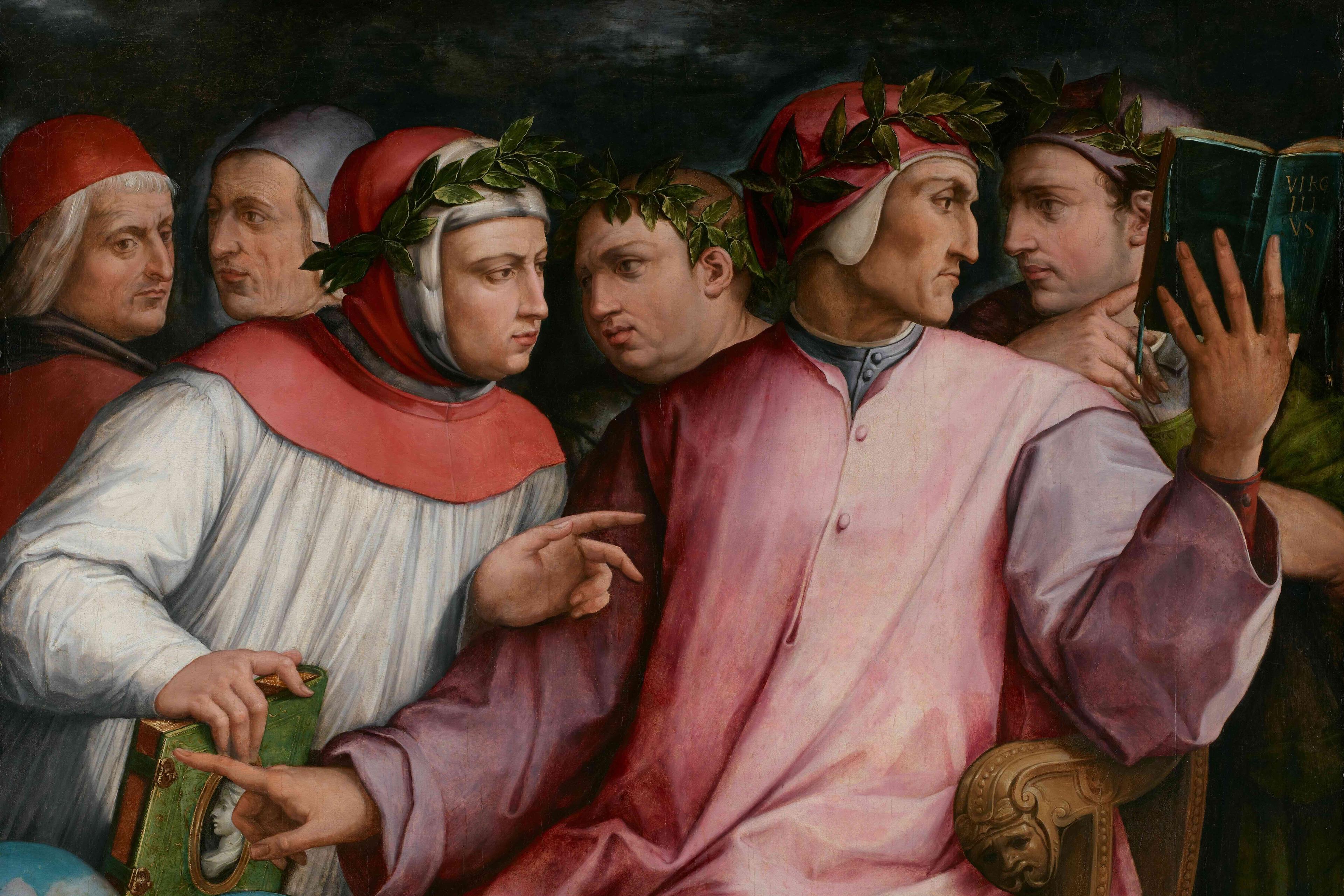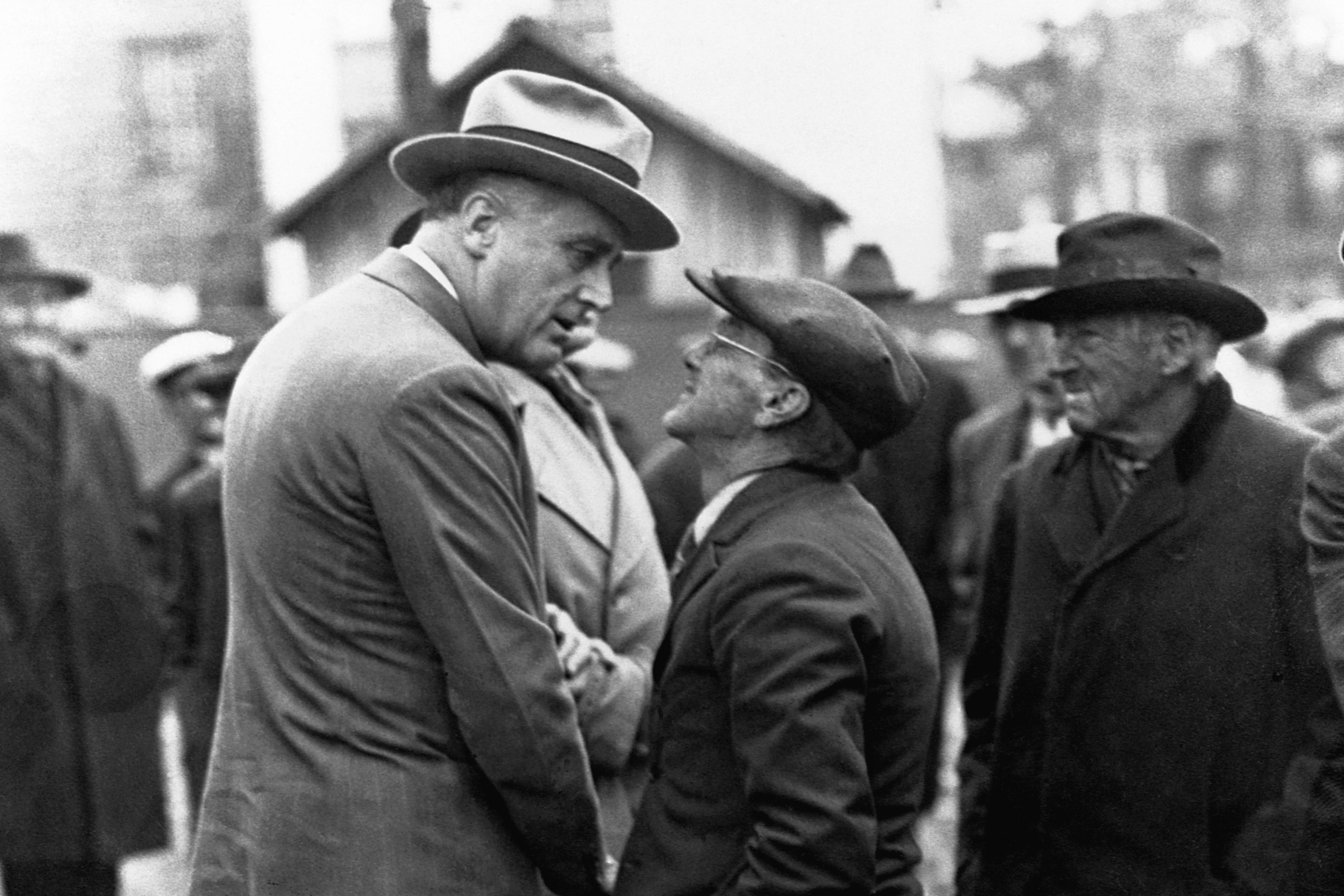Friendship is a force that runs deep through the human soul. It fosters trust, emotional balance and mutual support. It binds individuals and shapes communities, both in ordinary times and in moments of crisis. In the Middle Ages, friendship was more than a private bond – it was a social instrument, intertwined with moral ideals, religious duties and political hierarchies. Medieval thinkers devoted sustained attention to its meaning and value, often linking it to the Christian ideal of charity. As we shall see, friendship also emerges as a golden thread that weaves together antiquity and Christianity, reason and faith, the individual and the social body.
Medieval Christian Europe inherited from antiquity a deep reverence for the virtue of friendship. Thinkers in the Middle Ages read Cicero and Seneca, and adapted the ancients’ ethical models to their own literature, exegesis and philosophy. But the decisive turning point occurred in 1246 when Aristotle’s major treatise on friendship, found in Books VIII and IX of the Nicomachean Ethics, was translated into Latin and began to circulate widely. With Aristotle, the medieval world inherited a powerful, systematic and comprehensive treatise on friendship.
Friendship, Aristotle says, is ‘one of the most indispensable requirements of life’: to flourish in this life, we must have excellent friends. He offered a set of precise definitions alongside a rich spectrum of nuances. There are three forms of friendship: utility, pleasure, and virtue. The first is a relationship between two people who are useful to each other – business partners or colleagues, say – and naturally these tend not to last. Friendships of pleasure are those based on a common pursuit or interest, which last as long as the friends share their passion. Finally, friendships of virtue involve both utility and pleasure, but are much deeper: these are friends who love and respect each other at their most fundamental level and who enrich each others’ lives by making it possible for the other to flourish. ‘Perfect friendship is the friendship of men who are good, and alike in virtue; for these wish well alike to each other qua good, and they are good themselves.’
Aristotle situated friendship within the broader framework of human relationships: between father and son, husband and wife, master and subject, and more. This encyclopaedic approach profoundly shaped Christian authors’ reflections. But a question soon emerged: how then could this Greek, philosophical and pagan virtue be reconciled with Christian virtue?
This question underpins the entire odyssey of the Ethics’ reception in the medieval West. From the mid-13th to the 15th century, Latin theologians wrestled with Aristotle’s concept of friendship, attempting to adapt it to Christian categories – chief among them, the theological virtue of caritas. Far more than mere affection or benevolence, caritas – often translated as ‘charity’ or ‘divine love’ – is, in scholastic theology, the highest of the three theological virtues, alongside fides (‘faith’) and spes (‘hope’, usually in the sense of our ultimate union with God). Infused by God rather than acquired through human effort, caritas binds the soul to God and orders all other loves accordingly. Rooted in Augustine and systematised by Aquinas, caritas is not only the love of God above all things but also the love of neighbour for God’s sake. Thus, while Aristotelian friendship is grounded in virtue and mutual recognition among equals, Christian caritas presupposes asymmetry, grace and a radically different anthropology. The encounter between these two frameworks – one ethical, the other theological – gave rise to a complex, and at times uneasy, synthesis in medieval thought.
That is why thinkers from the 13th to the 15th centuries, from Albert the Great to Johannes Versoris, engaged in a foundational enquiry: what is the true nature of the social bond? Is it a philosophical, rational, ethical – even humanistic – connection, or is it an infused, theological notion whose ultimate purpose is God as the principle presiding over all human relationships?
Even a slave could become the friend of his master – because both are men
Thomas Aquinas, the great 13th-century Dominican, elevated friendship to the status of a habitus, a quasi-virtue: only the virtuous are capable of genuine friendship. His term for this kind of friendship, amor amicitiae, is set in contrast to amor concupiscentiae – the love of desire. For Aquinas, friendship is rightly ordered toward its theological counterpart: charity, or dilectio (pure love, as opposed to the more carnal eros). The defining trait of friendship, like that of charity, is the proper ordering of emotion. To love another for their own sake, and not one’s own, is a form of self-transcendence: it is to recognise the other as an end in themselves. True friendship is marked by reciprocity, mutual goodwill, perfect equality, intimacy, likeness and shared purpose. Just as nature is oriented toward grace, Aquinas sees friendship as ordered toward charity.
In the 14th century, the reception of Aristotle took a more rationalist turn, notably through the work of Jean Buridan, master of arts at the University of Paris. With Buridan, friendship was decoupled from its theological double and claimed a rational legitimacy of its own. A new ethical humanism emerged as a viable alternative to Christian morality. This ethical model re-inscribed friendship at the heart of human and social relations, such that even a slave could become the friend of his master – because both are men. In Buridan’s ethical humanism, friendship is no longer restricted to personal intimacy. The friend is any human being who is good and virtuous, valued for who they are. One’s support is owed to such a person by virtue of their moral worth alone, even in the absence of prior acquaintance. This reflects an idea of universal friendship extended to all good men. In Buridan’s system, the friendship-charity dyad disintegrates: friendship breaks free from its theological shell and asserts itself as a purely philosophical construct. As the historian Alain de Libera noted: ‘Aristotle offers the means to construct a philosophical alternative to Christian sociality – and to counter the very principle of its fulfilment: charity.’ (My translation.)
By the 15th century, in reaction to Buridan, a renewed theological interpretation of friendship became popular in the academic circles of Central Europe. Thinkers such as Paul of Worczyn, Versoris and Nicolas d’Orbellus reconnected with the 13th-century tradition – not by copying it, but by adapting it to new intellectual contexts. In their re-readings, Christian caritas reclaimed its centrality, while Aristotelian friendship was subordinated or spiritually redirected.
The Ethics became a site of doctrinal elaboration, where theological virtues – especially dilectio – superseded purely philosophical categories. This revival signalled a transformation of scholasticism, distinct from both 13th- and 14th-century models, and reflected broader shifts in late-medieval religious and cultural thought. The Aristotelian idea of friendship thus extended far beyond academia, shaping sermons, treatises, political discourses and practical documents – preparing the way for modern reflections by Erasmus, Montaigne, Diderot and Rousseau.
In this long process of assimilation and acculturation of pagan philosophy into the Christian Middle Ages, one observes the gradual penetration of ethical friendship into the political sphere. Governance by emotion became an emerging ideal: the prince was now expected to master and deploy emotion effectively. Political theorists began to envision a rationality that integrated ethical life and emotional engagement in both ruler and ruled. Through the efforts of the Aristotelian scholars, the contractual nature of friendship became a pillar of society – but not without paradox. Could a king have friends? No, replied Albert the Great: friendship entails equality and familiarity, and familiarity breeds contempt. At a time when the sacral majesty of kingship was being constructed, symbolic distance was essential. But, a century later, under Charles V, Nicole Oresme offered a different view: yes, the king could – and should – cultivate friendship, lest he resemble the tyrant, a man alone and incapable of love and friendship. The good ruler must be well-advised and morally anchored. While he may not strictly need friends, he requires them to practise virtue and to manifest the benevolence of his governance.
The embrace signified goodwill. Even sharing a bed was less about sexuality than diplomacy
At the Burgundian court in the 15th century – where Guillaume Fillastre’s Treatise on Friendship circulated – a sharper distinction emerged between the prince’s ‘good, true and loyal friends’ and his harmful enemies. In this society, neutrality had no place. A friend or an ‘ally’ was first and foremost someone who was not an enemy. The ideal of effective love was ever-present in theoretical discourse, chronicles and pas d’armes (highly ritualised martial tournaments) at court, but practice often fell short: the proliferation of alliances betrayed their instability. Yet ritual prevailed.
As the historian Klaus Oschema has shown more recently, gestures of physical proximity were essential expressions of friendship. The hand was read in all its symbolic forms: the handshake as a ceremonial gesture; the touching of hands as a sign of reconciliation and love; hand movements expressing grief; the raised hand for oath-taking on relics or the Gospels; folded hands as gestures of prayer or supplication. The embrace signified goodwill. The kiss marked peace, greeting, fraternal love and reconciliation – playing a role in both feudal homage and the Eucharistic ritual. Even sharing a bed was less about sexuality than diplomacy. Likewise, sharing a horse was a gesture of egalitarian peace-making. While medieval society distinguished between public and private spaces, it did not dissociate them: institutional and emotional spheres were deeply intertwined. In friendship, personal gestures became simultaneously public declarations and individual commitments. Friendship thus endured the transition from feudal to modern statehood: political stability was grounded in personal relations. Emotion and politics were inseparable.
According to its representation, application and idealisation, friendship reveals how a society conceives of itself and its social fabric. Fundamentally, friendship was a dramatised social bond, emotionally scripted, which medieval thinkers recognised as a powerful force for political cohesion. It has passed through the centuries, changing its outward forms without ever losing its essence: at times a pagan virtue, at others a Christian habitus, or a political instrument, it is that supple yet tenacious bond that ties hearts together and shapes communities. Far from being a mere sentiment, it is staged, ritualised, theorised, debated – in a word, historicised. And perhaps therein lies its greatest power: to reveal, through the fabric of its metamorphoses, what societies aspire to be. At a time when social bonds are in constant flux, revisiting medieval friendship means understanding that it was far more than a moral ideal: at every stage, it was a way of inhabiting the world.
